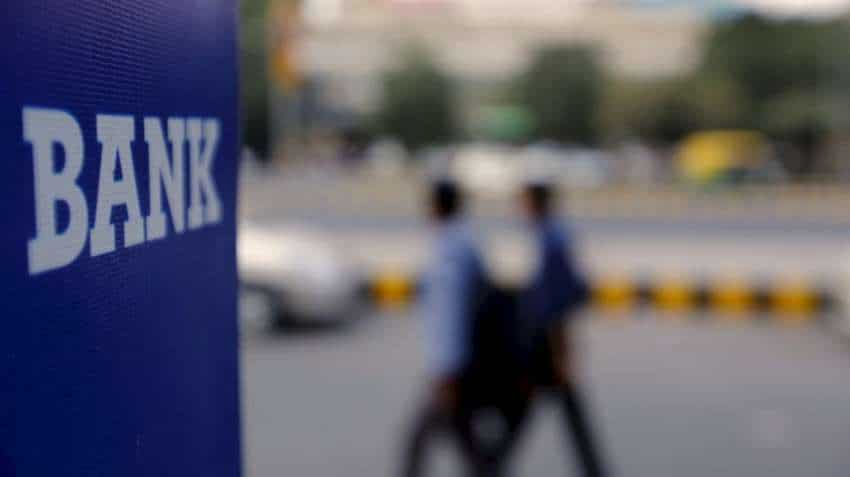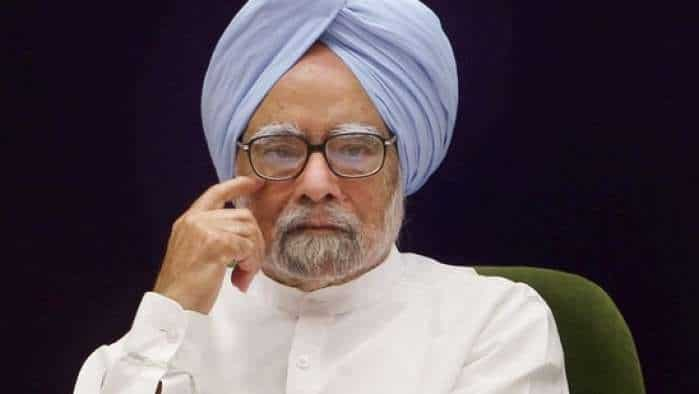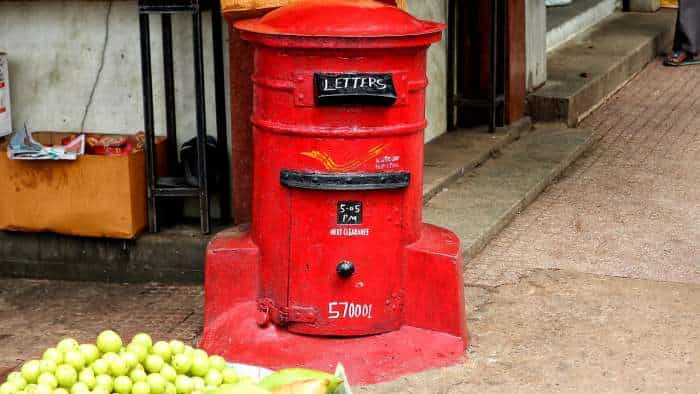Turnaround of Public Sector Banks: A story from doom to bloom; a journey towards Rs 1 lakh cr profit
The highest amount of net loss was registered in 2017-18 at Rs 85,370 crore, followed by Rs 66,636 crore in 2018-19; Rs 25,941 crore in 2019-20; Rs 17,993 crore in 2015-16 and Rs 11,389 crore in 2016-17.

Public sector Banks have travelled a long distance since 2017 when they posted a net loss of Rs 85,390 crore to a profit of Rs 66,539 crore in FY22 and are estimated to touch a milestone of Rs 1 lakh crore by the end of the current fiscal.
There was a time when 11 out of 21 PSBs were placed under the prompt corrective framework of the Reserve Bank due to deteriorating financial health on account of mounting bad loans to alarming levels of 14.58 per cent of the total credit. PSBs suffered from a host of problems, including a dismally low capital base, unprofessional management, demoralised staff and huge inefficiencies.
Many of them were on the brink of default posing a threat to the financial security of the country. Their share prices were hitting a rock bottom. PSBs booked collective losses to the tune of Rs 2,07,329 crore for five straight years -- from 2015-16 to 2019-20.
The highest amount of net loss was registered in 2017-18 at Rs 85,370 crore, followed by Rs 66,636 crore in 2018-19; Rs 25,941 crore in 2019-20; Rs 17,993 crore in 2015-16 and Rs 11,389 crore in 2016-17.
The doom-to-bloom story of the public sector banking industry can be attributed to the initiatives and spate of reforms undertaken by the government led by Prime Minister Narendra Modi, along with the then Finance Minister Arun Jaitley and Financial Services Secretary Rajiv Kumar.
As part of the strategy, the government infused an unprecedented Rs 3,10,997 crore to recapitalise PSBs during the last five financial years -- from 2016-17 to 2020-21. The recapitalisation programme provided much-needed support to the PSBs and prevented the possibility of any default on their part.
Also, the methodology of providing capital through the issuance of recapitalisation bonds is undertaken without impacting the fiscal deficit of the government, except for the interest outgo.
While announcing the recapitalisation programme in October 2017, Kumar had termed PSBs as 'Article of Faith' and the very faith is being validated by the financial sector experts and markets.
Simultaneously, efforts were made to curb the circulation of black money in a layered fashion. Days after joining the Department of Financial Services, Kumar froze bank accounts of about 3.38 lakh shell companies that were being used for creating fictitious equity.
Due to record recovery in FY19, PSBs' Credit Risk-weighted Assets (RWAs) to Gross Advances ratio decreased from 80.3 per cent in September 2017 to 63.9 per cent in December 2019.
As part of the reform agenda, the politically sensitive decision of privatising a PSB was taken to give a signal that the government is really committed to reforms and can bite the bullet. After hectic parlays, the majority 51 per cent stake of IDBI Bank was sold to LIC in January 2019, making it a private sector bank.
Aided by the capital infusion and nudge from the Department of Financial Services compelled PSBs to step up action on defaulters who committed fraud. Action against big defaulters like Bhushan Steel, Jet Airways, Essar Steel, Nirav Modi and Rotomac along with bankers like Yes Bank, DHFL, IL&FS, etc.
Fundamentally corrected the imbalance in the creditor-debtor relationship.
As a result, the PSBs, which reeled under the stressed assets, bounced back with a vengeance and have started giving a tough fight to private sector peers on all counts. They turned the corner during 2020-21 with a combined net profit of Rs 31,820 crore, supported by impressive loan recovery, reduction in NPAs and windfall gains on their bond portfolio.
Subsequently, the combined profit more than doubled to Rs 66,539 crore in 2021-22 despite COVID-19 pressure. Many state-owned banks after a hiatus also declared dividends in the last financial year. In all, nine banks, including SBI, declared dividends of Rs 7,867 crore to shareholders.
According to Bank of Maharashtra Managing Director AS Rajeev, PSBs are on solid footing and this year too, they will witness exponential growth in the bottomline.
"My own sense is that the consolidated profit of PSBs would be anything between Rs 80,000 crore to Rs 1,00,000 crore during the current financial year going by the past two years' trend. It may even cross Rs one lakh milestone, depending on the pace of resolution of the NCLT and NARCL cases, recovery, credit growth and other factors in the ongoing fourth quarter.
"Public sector banks are making efforts for sustainability of their market share. All other key parameters are looking good and gradually moving towards global standards," he told PTI.
Echoing a similar view, Punjab and Sind Bank Managing Director Swarup Kumar Saha said that with slippages getting arrested and asset quality improving, a hike in interest rate will add to profitability.
"PSBs are now in a golden period in terms of their profitability... Although income on investment was constrained due to rising yield, it will improve next year with yields stabilising," he said.
The story of revival also had anecdotes like the publishing of photographs of defaulters was allowed as per their PSB's board-approved policy, forensic audit of all defaulting loans above Rs 50 crore and capturing passport details. Besides, specialised monitoring for high-value loans was introduced for clean post-sanction follow-up and timely raising of red flags.
Click here to get more stock market updates I Zee Business Live
As part of the reform agenda of the government, Rajiv Kumar was instrumental in conceiving and implementing mega-mergers in the financial sector. The first-ever three-way bank amalgamation -- Bank of Baroda, Vijaya Bank and Dena Bank -- was done, and after successfully implementing it, the mega-merger of 10 PSBs resulting in a total of 12 PBSs was carried out.
Last but not least, kudos to foot soldiers -- bank employees and Unions, who showed great faith and did not resist monumental changes.
On the customer protection side, the government made an amendment in the law to first raise deposit insurance five times to Rs 5 lakh per account and payment of this within 90 days of the RBI imposing a moratorium on the bank.
Get Latest Business News, Stock Market Updates and Videos; Check your tax outgo through Income Tax Calculator and save money through our Personal Finance coverage. Check Business Breaking News Live on Zee Business Twitter and Facebook. Subscribe on YouTube.
08:38 PM IST











 HDFC Bank launches savings account product
HDFC Bank launches savings account product  Cedar-IBSi Capital to fund 10-15 startups in fintech sector
Cedar-IBSi Capital to fund 10-15 startups in fintech sector  Urban cooperative banks need to evolve digitally: RBI Deputy Governor
Urban cooperative banks need to evolve digitally: RBI Deputy Governor  RBI cancels licence of Vijayawada-based Durga Co-op Urban Bank
RBI cancels licence of Vijayawada-based Durga Co-op Urban Bank  Bank Locker Charges: From SBI to HDFC Bank and ICICI Bank – Know locker charges of 5 major banks
Bank Locker Charges: From SBI to HDFC Bank and ICICI Bank – Know locker charges of 5 major banks